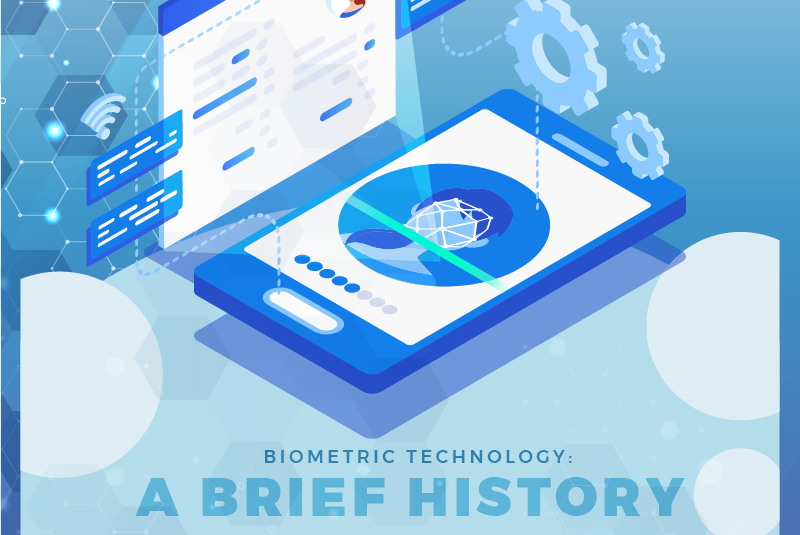Nowadays, any transaction that needs to be done becomes more easy and accessible for every individual due to the continuous advancement of technology. With this, transactions like between banks and savers or even sellers and customers become easy as they can communicate and transact with each other online. All information required in the transaction can now be easily sent without any hassle and stress.
However, these benefits pose safety threats to many individuals. According to Statista, there is a significant increase of 29% in identity theft risk in 2020 worldwide. That is why there is a need for further improvements in digital identity verification to ensure a safe environment among the users.
Despite this alarming data, there is a solution that addresses issues and concerns regarding identity proofing and even about traditional authentication—biometrics. Through biometrics, users do not need to stress themselves memorizing their passwords and encoding them whenever they have to log in to their accounts.
The rise and creation of biometrics had a very long history from the ancient period until this present day. With that, here is the timeline of the history of biometrics showing you its notable highlights and exponential development.
500 BC
Since the Babylonian empire, there are already some evident accounts of biometric. On clay tablets, fingerprints were utilized for their economic transactions. On the other hand, China uses children’s palms and footprints to distinguish them. While in Ancient Egypt, traders were distinguished through their physical traits.
1800s
In Paris, France, the first biometric identity system was recorded. Alphonse Bertillon established a system for categorizing and comparing criminals based on their individual body measurements. While this method was not perfect, it was the first step toward using unique biological features to confirm identity. In the 1880s, fingerprinting became popular, not just for identifying criminals but also as a type of contract signing. As a result, Edward Henry came up with the notion for the Henry Classification System, a fingerprinting standard.
1960s
The psychological aspects of acoustic speech and phonic sounds were first studied by many scientists and professionals. Administrators developed semi-automated facial recognition systems for analyzing facial features in images and extracting useful feature points. The Federal Bureau of Investigation (FBI) began supporting fingerprint identification in 1969, which encouraged the development of increasingly sophisticated biometric capture and data extraction sensors.
1980s to 1990s
The National Institute of Standards and Technology (NIST) formed a Voice group to study and improve voice recognition technology. Today’s voice command and recognition technologies are built on the basis laid by this research. Irises, like fingerprints, were thought to be unique to each individual by 1985, and the first iris identification method was patented in 1994. Furthermore, blood vessel patterns in the eyes were discovered to be unique to each individual and were also used for authentication.
2000s
During this period, there were hundreds of functional and patented biometric authentication algorithms in the United States. Since then, biometrics is not only used and limited in government and corporate contexts, but it is also offered and sold commercially.
Present-day
The studies and researches about biometrics still continue to further develop and improve its benefits and functions for the users.
The biometrics system helps and boosts identity verification in ensuring that higher risks of fraud and theft will be lessened and avoided.
For more information, you may visit LoginID Inc.

LoginID
Latest posts by LoginID (see all)
- The History of Biometric Technology [Infographic] - December 26, 2021















